ITR-1
1.WHAT IS ITR & WHAT ARE THE TYPES OF INCOME TAX RETURNS?
ITR stands for Income Tax Return, it is a form through which the amount of income earned, and taxes paid by the person during a particular year is communicated to the Income Tax Department.
Types of Income Tax Return
• ITR 1(also known as SAHAJ) for individuals.
• ITR 2 for individuals having capital income.
• ITR 3 for individuals having business income.
• ITR 4 for individuals declaring income under presumptive scheme.
• ITR 5 for llp & partnership firms.
• ITR-7 for ngo, trust, societies claiming benefits of 12a & 80g.
.
2.WHO IS ELIGIBLE TO FILE ITR-1?
Only resident individual whose total income does not exceed ₹ 50,00,000 and who has income from following sources of income only can file ITR-1
• Income from House Property (one house property only).
• Agriculture income (Upto ₹ 5,000 only)
• Income from other sources namely:
◦ Interest from saving bank accounts.
◦ Interest from deposits.
◦ Interest from income tax refund.
◦ Interest received on enhanced compensation.
◦ Any other interest income.
.
3.WHO ARE NOT ELIGIBLE TO FILE ITR?
ITR-1 cannot be filed by an Individual who:
• Is a resident but not ordinarily resident (RNOR) or who is a Non– Resident Indian (NRI).
• Has total income exceeding ₹ 50 lakhs.
• Is a director in a company.
• Has income from more than one house property.
• Has income (Profit/loss) from capital gains (short term/long term).
• Has invested in unlisted equity shares.
• Has income from business/ profession.
• Has income from lottery, racehorses, legal gambling etc.
• Has tax deduction under Section 194N of income tax act (TDS on cash withdrawn).
• Has deferred income tax on ESOP received from employer being an eligible startup.
.
4.TYPES OF INCOME THAT CANNOT BE SHOWN IN ITR 1
Following are the types of income which will not form part of ITR 1-
• Profit/ loss from business/ profession.
• Income to be apportioned in accordance with the provisions of section 5A.
• Income from other sources of nature as specified: –
◦ Activity of owning and maintain racehorses.
◦ Income taxable at specified rates under section 115BBDA or 115BBE.
.
5.DOCUMENTS REQUIRED
Following documents are required while filing ITR-1: –
• FORM 16 from your employer.
• Interest certificates from banks. Post office, Nbfc etc.
• Investment details (if any).
NOTE:
Since ITR’s are annexure less forms the above-mentioned documents are not to be attached with the ITR Form. However, one needs to keep these documents as it can be demanded by the tax authorities during assessment, inquires.
.
6.HOW TO FILE ITR-1?
By following the steps mentioned below one can file ITR-1

.
• Click on login and enter your pan & password to login to the income tax portal
.

.

• Click on e-file, then click on file income tax returns.
.
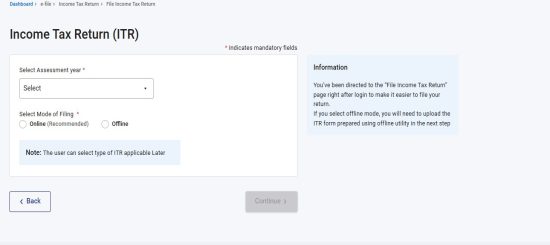
• Select the assessment year for which you want to file ITR and select the mode of filing (here we are telling about online filing procedure)
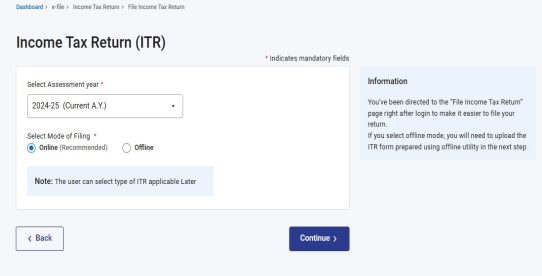
• Click on continue and select the ITR form i.e ITR-1 in our case.
.

• Click on continue, the form will appear the first step is to fill the basic information & click confirm. In this step up need atleast one pre validated bank to go to further step to file your return.
.
.

• Second step is to fill the income details the different sources of income one has like income from salary, house property or other sources.
.
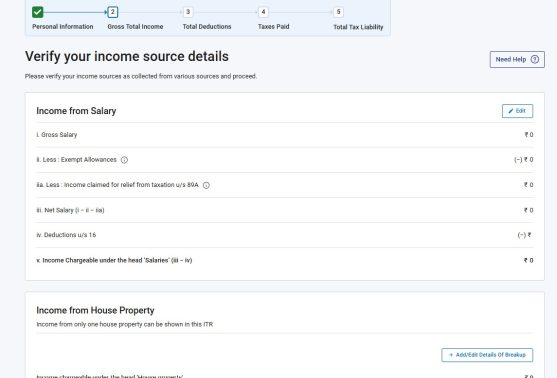
• The next step is to claim the deductions that you are entitled to claim under various sections like 80g, 80d, 80c etc.
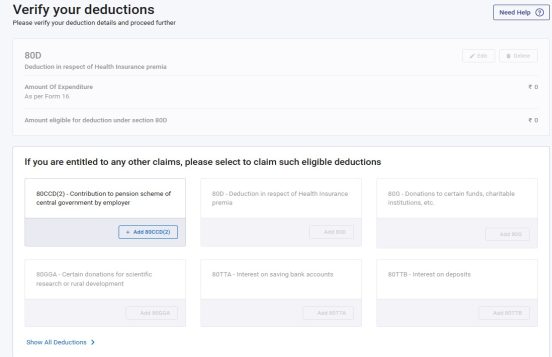
• The next step is to verify the details of taxed paid by you including the TDS deducted and TCS collected from you
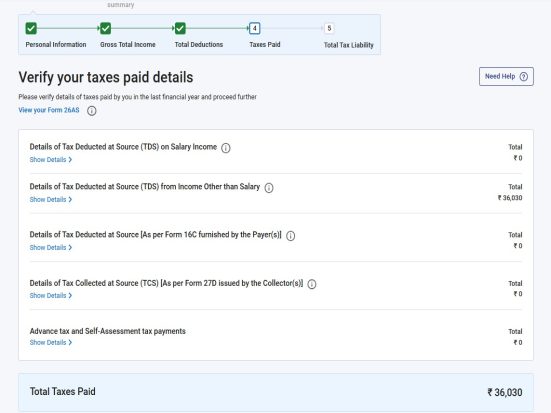
• The next step is to click on total tax liability, wherein the system will automatically calculate your tax liability and if taxes paid is greater than the tax liability you will be entitled to get a refund and if the tax liability is more than the taxes paid then pay the remaining tax liability.
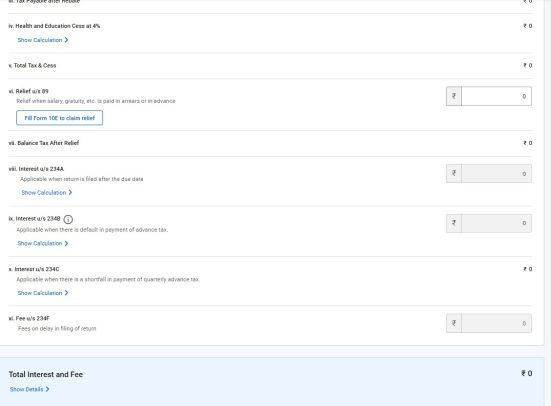
• After that click on preview return and verify the inputs provided by you
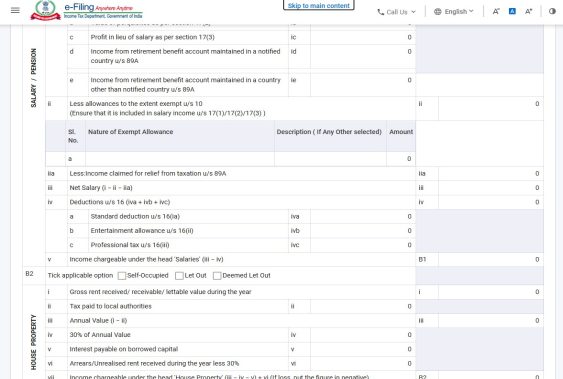
• Click on proceed to validation, if any error occurs clear the error and click on proceed to verification.
.
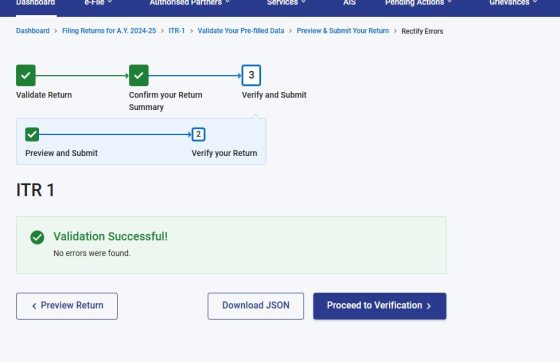
• The last step is to verify the return prepared you can verify the return through following methods: –
II.Through digital signature (DSC)
IV.Through pre validated bank account
V.Through pre validated demat account
VII.By sending signed physical copy to the Income tax department, Bengaluru.
.
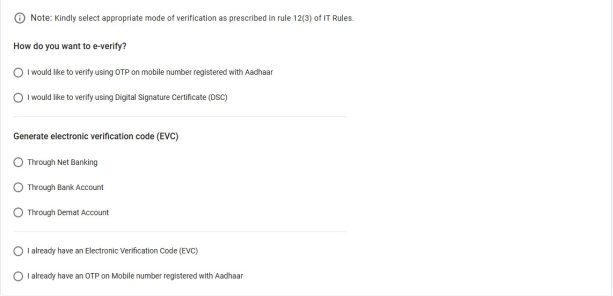
.
• After verification of the return, your return will be finally submitted to the Income Tax department for further verification.
.
.
.

















Add a Comment